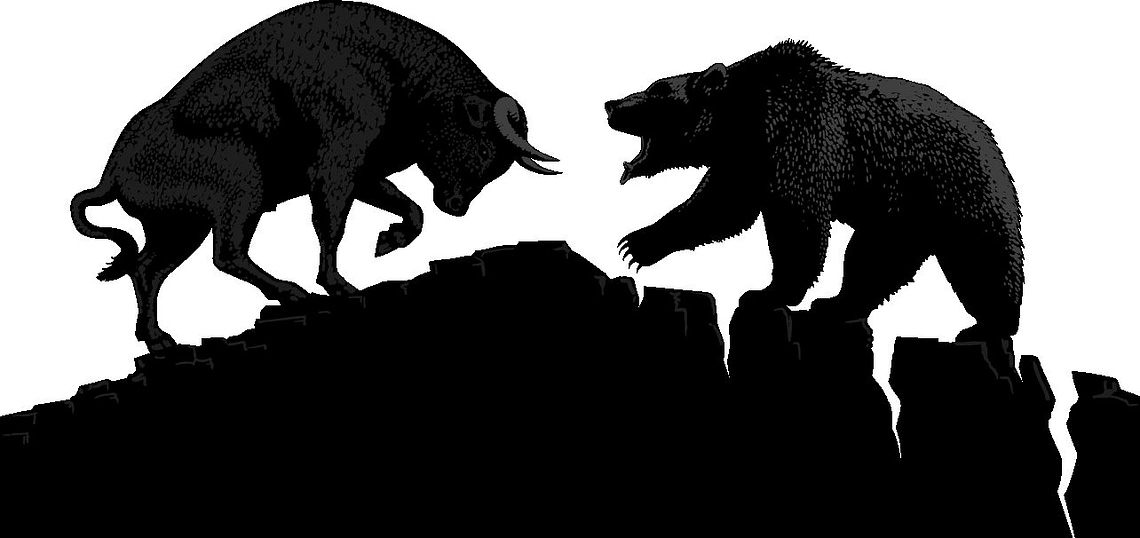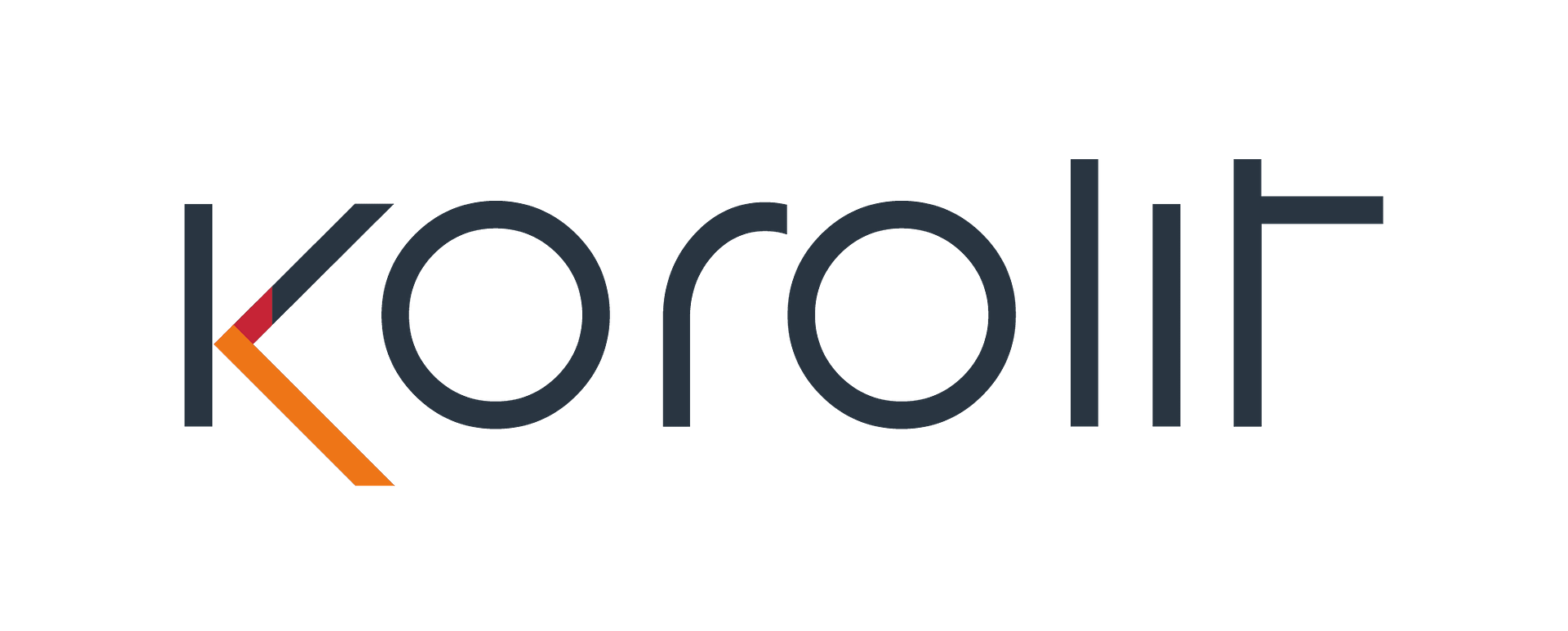
Start-ups have reason to be positive!
Introduction
We are in a very weird place, social isolation, death, illness, and a declared national emergency have had an immediate impact on industries that cluster people; conferences, trade shows, airlines/cruise ships and all types of travel, the hospitality industry, sporting events, theatre and movies, restaurants and schools. Large companies are telling employees to work at home. Large retail chains are shutting down their stores. We all know local businesses that may not be around when the dust settles!
If you’re about to launch a new business, or running one, this is going to be a stressful and discombobulating time. It’s also a time of huge opportunity, and that is very much how the broader investment community view it!
Down the Elevator
The terms we use vary, recession, depression, slump, bust, crash, panic, downdraft, downswing, downtrend, downturn, slowdown isn’t too important, death and despair are all around. The number of people filing for unemployment benefits in the US in each of the last two weeks was about 10 times the previous record and is probably being artificially held back by overloaded government systems. Vast numbers of business have been shuttered indefinitely. The economic quarter now underway will most likely feature Great Depression-calibre shrinkage in economic activity.

Market corrections occur relatively often. Between 1980 and 2018, U.S. markets experienced 37 corrections. During this time, the S&P 500 fell an average of 15.6 percent. Ten of these corrections resulted in bear markets, which are generally indicators of economic downturns. The others remained or transitioned back into bull markets, which are usually indicators of economic growth and stability. Over that same period global equities increased by a magnitude of 17 times.
Some bear markets are worse than others but as Warren Buffett noted during the 2008 financial crisis, the world endued two World Wars, the 1930s depression, oil shocks, a flu epidemic, “a dozen or so recessions and financial panics”, and more, during the 20th century, yet the Dow Jones Industrial Average rose from 66 to 11,497.
This is not the financial crisis of 1987 or a credit crisis like 2008 where there was $3.5 trillion to $4 trillion in money market accounts at risk. We are nowhere near to that right now. The financial markets are highly volatile, but they are operating smoothly and with liquidity.
This is a very different crisis, and one following a lot of previous regulation post the last crisis to ensure the banking sector could sustain stress, let’s just be thankful that we did (and you can bet that recent actions to relax those requirements take a back seat now!). As the risks start to subside the markets will come back, and with substantial reserves they will probably come back fast and decisively, even if the problems are worse.
What you don’t see out there are the investment committees of the biggest and most successful endowments in the world, the foundations and big retirement pools, calling emergency meetings, panicking, selling and going to cash. What’s probably happening over at Berkshire Hathaway is that Warren Buffett is probably buying and his famous quote to “be fearful when others are greedy and to be greedy only when others are fearful”, has been used widely recently.
Up the Escalator

Private Equity is sitting on a truly massive nest egg. According to recent data from Preqin, the Private Equity industry (which includes Venture Capital) has a record $1.5 trillion cash pile of so-called “dry powder,” or undeployed capital, going into 2020. That’s more than double the dry powder they had five years ago. There is going to be a lag in deploying this as, for a while to come, it will be all hands-on deck to cope with changes across their existing portfolios which will heavily constrain the availability of staff that are usually involved in the diligence process.
In February 2018, two major indexes, the Dow Jones Industrial Average (DJIA) and the Standard & Poor’s 500 (S&P 500) index, both experienced corrections, dropping by more than 10 percent. Both the Nasdaq and the S&P 500 also experienced corrections in late October 2018. Each time, the markets rebounded. Then another correction occurred Dec. 17, 2018, and both the DJIA and the S&P 500 dropped over 10 percent—the S&P 500 fell 15 percent from its all-time high. Declines continued into early January with predictions that the U.S. had finally ended a bear market abounding.
The markets began to rally, erasing all the year’s losses by the end of January. As of mid-April 2019, the S&P 500 was up about 20 percent since the dark days of December. Optimistic analysts were saying the bull market still had legs to run, though a few pessimists feared the upswing could be a short-lived bear market rally, or to use another animal metaphor a dead cat bounce. The US markets were certainly half expecting a correction and were primed for it.
With a controlled shutdown of our economy, trading jobs for saving hundreds of thousands of lives there has been a corresponding commitment globally to inject money to cushion and drive the economy. On Thursday’s close, the S&P 500 was up 25 percent from its recent low on March 23. It is down only about 14 percent this year and is up from its levels of just 11 months ago.
Commerce is being disrupted to a degree that seemed impossible just weeks ago. But simultaneously, stock investors are betting that powerful interventions, including an additional $2.3 trillion in lending programs from the Federal Reserve announced on Thursday will be enough to enable major companies to emerge with little damage to their long-term profitability and that expectation is being repeated across the world, the worst things appear to be the greater the expectation for a massive stimulus!
Large companies will generally be ok
The large companies that make up major stock indexes usually have reliable access to capital and more likely than small, independent-owned businesses to weather the economic storm and come out on the other side with greater market share and profits. Some of the strongest performers in this market rally have been the companies most severely affected by the coronavirus crisis, like cruise lines, hotel chains and airlines. That suggests “short squeeze” dynamics, in which a small upturn forced investors betting against those companies to close out their positions, turning the small rally into a large one.
The injection of funds into safe investments, both from private savers and the Fed, is pushing down longer-term interest rates. That makes even weak or uncertain future earnings for shareholders more appealing than they would have been when interest rates were higher.
Take Boeing as an example despite being battered by its Max 737 crisis it recently drew a $13.8 billion bank loan and has about $24 billion in cash on hand. To preserve cash, the company suspended its dividend, which paid out $4.6 billion to shareholders in 2019. It also suspended its share buybacks, which totalled nearly $21 billion from 2017 through 2019, including $2.7 billion before they were suspended in April 2019. The company is moving toward closing a $4.2 billion deal with Brazilian regional aircraft maker Embraer to form a joint venture that would be 80% owned by Boeing. The company views that deal as strategic, but it could be cancelled, and the purchase price pocketed for a breakup fee of $100 million. Boeing could also issue stock to shore up its finances, a move that could raise between $5 billion and $10 billion. It is well positioned to recover and thrive and hence a good investment bet!
The Walt Disney Company theme parks have been closed and movies postponed, but the company has offered an upbeat update on its streaming service: Disney Plus has passed 50 million paid subscribers worldwide in just five months of operation. Before its November introduction, analysts had predicted that Disney Plus would take a full year to sign up half that many subscribers. A hit series, “The Mandalorian,” has greatly increased demand. The pandemic has likely also helped, with parents looking for ways to entertain homebound children.
Amazon is pausing a pilot program that shipped products for sellers on its marketplace to ease the pressures on its logistics operations, which are stretched thin by the surge in online shopping. The company also announced that it would be hiring 100,000 new full- and part-time workers within fulfilment centres and its broader delivery network to “meet the surge in demand.
The real pain this time is likely to felt by the smaller businesses that lack access to capital at this time and who may be heavily dependent on high volume and low margin sales such as Nordstrom, one of the US best-performing department stores, who said in a regulatory filing this week that it did not have a “firm date” on when its stores would reopen. Most of the company’s work force, about 69,000 people has been furloughed “or assigned zero hours of work.” Nordstrom has also temporarily closed its headquarters in Seattle.






